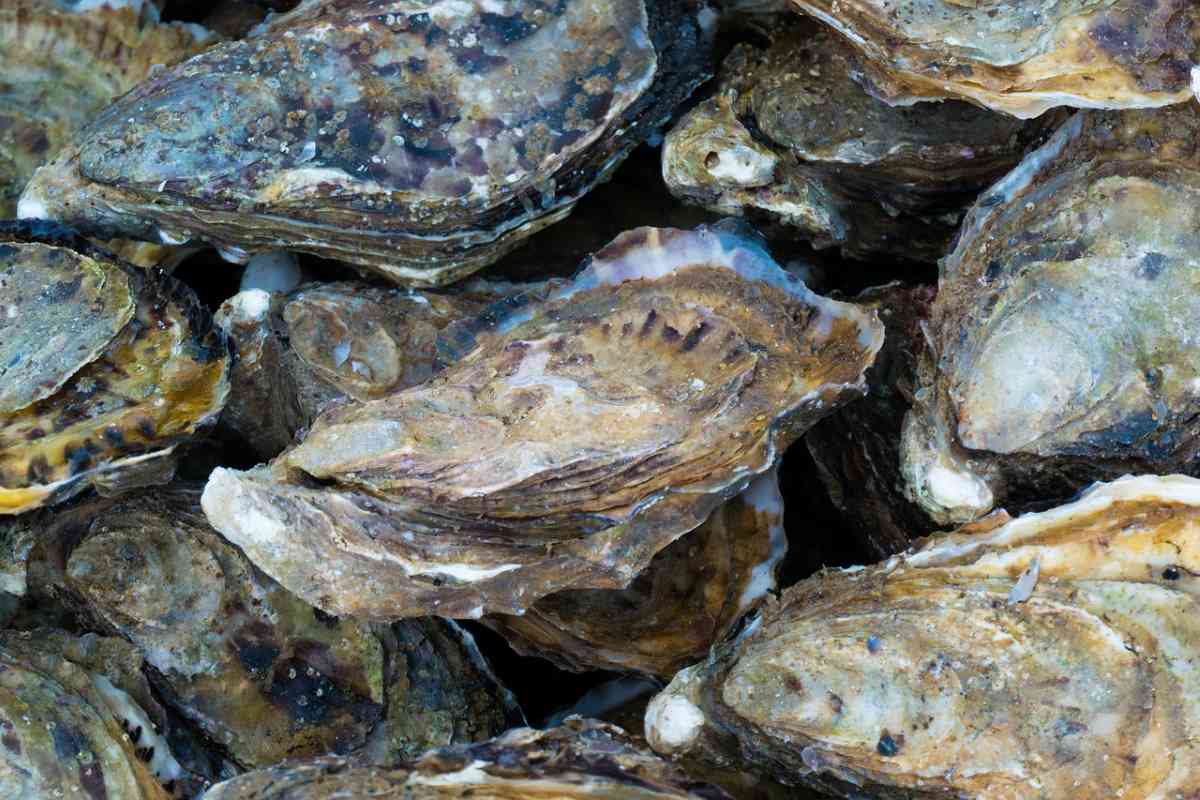
Offshore wind farms as platforms for oyster reef recovery
A lost marine ecosystem is coming back to life among the blades of offshore wind turbines. RWE, one of the world’s leading offshore wind operators, and The Oyster Restoration Company (TORC), a UK startup focused on restoring native flat oysters in the North Sea and beyond, have successfully completed a feasibility study that paves the way for rebuilding oyster reefs within open-sea wind farms.
Conducted across sites in Scotland and the North Sea, the project shows that restoring complex marine habitats where renewable energy is produced is technically, economically, and logistically feasible.
At the heart of the initiative is coral reef restoration, represented here by native oyster reefs. Due to overfishing, pollution, and parasites, only around 5% of the pre-industrial oyster population still survives in the North Sea.
But the joint research by RWE and TORC identified engineering and operational solutions capable of re-creating suitable conditions for oyster growth. The study tested natural and artificial substrates, including shells and bricks, to determine optimal reef-building materials.
Technology, science, and biodiversity for restoring coral reef habitats
Developed at TORC’s marine lab in Scotland, the project included engineering tests, material deployment simulations, and scientific monitoring protocols.
“The question is no longer whether we can restore oysters at scale offshore,” said Nik Sachlikidis, CEO of TORC. “Together with RWE, we’ve created a replicable model that delivers measurable biodiversity gains, practical, accessible, and ready to implement.”
RWE highlighted the strategic value of this initiative in enhancing its ability to deliver positive environmental impacts.
“Acting early allows us to develop reliable and transparent tools to support biodiversity in our offshore projects,” said Thomas Michel, COO Offshore Wind at RWE. “We’re not just mitigating impacts anymore, we can improve them.”
Just 1% of investments could restore millions of marine acres
The RWE–TORC project aligns with broader scientific momentum on the role of offshore wind in protecting ecosystems. An international study published in BioScience, co-authored by Italian researcher Laura Airoldi from the University of Padua, estimates that allocating just 1% of global offshore wind investments by 2050 could help restore millions of acres of marine habitat, including coral reefs, mangroves, and seagrass meadows.
According to the researchers, these efforts could yield returns of $2 to $12 for every $1 invested, thanks to the ecosystem services provided by healthy oceans and coasts, from carbon absorption to shoreline protection and fish population support.
Toward a new marine restoration standard
The RWE–TORC partnership offers a concrete model for the entire offshore industry. As offshore wind capacity is projected to grow from 56 to 2,000 GW by 2050, integrating biodiversity goals into project permitting is becoming a pressing priority.
The BioScience study proposes making marine restoration funding a legal requirement, allocating a fixed share of investment to biodiversity initiatives using policy tools like licensing rules and environmental scoring in public tenders.